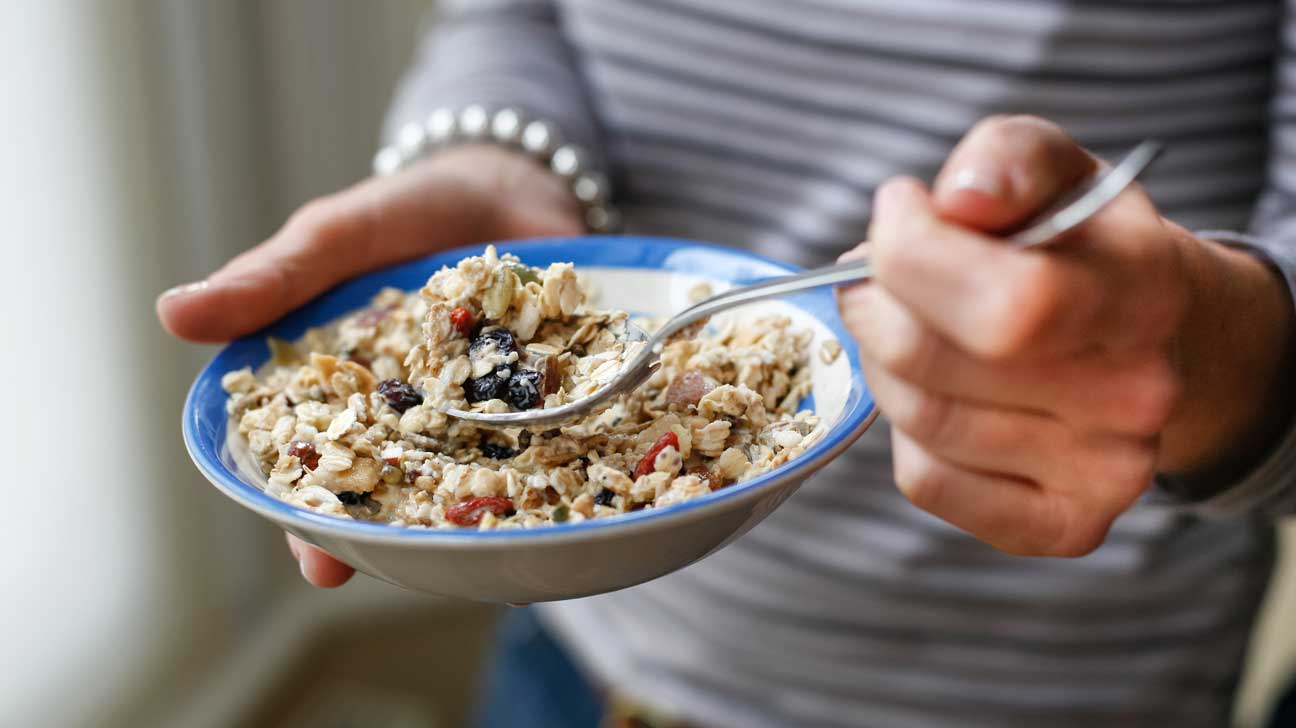The importance of whole grains in our diet cannot be understated. The benefits extend from improving digestive health to maintaining a healthy weight, and even reducing the risk of chronic diseases such as Type 2 diabetes and heart disease. This article explores why your body needs whole grains, identifies the most effective ones, and offers practical tips on how to incorporate them into your diet.
Understanding the Importance of Whole Grains in Your Diet
Whole grains are crucial for a balanced diet because they provide essential nutrients that our bodies need to function optimally. They are rich sources of dietary fiber, vitamins (especially B vitamins), minerals such as iron, selenium, and magnesium, and other important nutrients. Unlike refined grains, which have been processed to remove the bran and germ, whole grains include the entire grain kernel, ensuring that all the nutrients are preserved.
Eating a diet rich in whole grains has been linked to a lower risk of several chronic diseases. The dietary fibers found in grains help to improve cholesterol levels and lower the risk of heart disease, stroke, obesity, and type 2 diabetes. Additionally, whole grains help with weight management by increasing satiety and reducing appetite, making them a crucial part of any weight loss or healthy eating plan.
Moreover, the regular consumption of whole grains assists in maintaining a healthy digestive system. The fiber content helps to bulk up stools and promote regular bowel movements, which is vital for preventing constipation and promoting gut health. Now, let’s delve into identifying the most effective whole grains for your health.
Types of Whole Grains and Their Benefits
There are several types of whole grains available, each with unique nutritional profiles and health benefits. Common types include wheat, barley, oats, rice (brown and wild), quinoa, and millet. Among these, oats and quinoa stand out due to their high protein content and overall nutrient density.
Oats are highly revered for their rich content of soluble fiber, particularly beta-glucan, which has been shown to reduce cholesterol levels and contribute to heart health. Quinoa, often referred to as a super grain, is complete with all nine essential amino acids, making it an excellent protein source for vegetarians and vegans. Both of these grains also have a significant amount of minerals and B vitamins.
Additionally, brown and wild rice provide excellent health benefits. They are good sources of fiber, vitamins, and minerals and are gluten-free, making them a great option for those with gluten sensitivities or celiac disease. Incorporating a variety of these whole grains into your diet can help ensure you receive a wide range of nutrients beneficial for health.
How to Incorporate Whole Grains into Your Diet
Incorporating whole grains into your diet doesn’t have to be complicated. Start by substituting white rice, bread, and pasta with their whole-grain counterparts. Experiment with less common grains like barley or millet to diversify your diet and discover new flavors and textures. Preparing these grains is often as simple as boiling in water, and they can be used as a base for a variety of dishes.
Beyond simple substitutions, consider new ways to integrate whole grains into your meals. For breakfast, oatmeal or whole-grain pancakes are excellent choices, while lunch could include quinoa salad or a whole-grain wrap. For dinner, stir-fried brown rice or whole-wheat pasta dishes are both satisfying and healthful. Snacks can include homemade granola bars or whole-grain crackers.
Here are some practical tips to include more whole grains in your diet:
- Start your day with a bowl of oatmeal topped with fresh fruits and nuts.
- Use whole-grain bread for sandwiches.
- Choose whole-grain pasta and blend it with plenty of vegetables for a nutrient-rich meal.
- Snack on popcorn, a fun and healthy whole grain.
Reading Labels: Identifying True Whole Grain Products
When shopping for whole grains, it’s essential to read the labels carefully. Not all products labeled as “whole grain” are necessarily made entirely from whole grains. Look for terms like “100% whole grain” or check the ingredients list to ensure that whole grains are listed as the main ingredient. Be wary of terms like “multigrain” or “made with whole grains,” as they do not guarantee that the product is primarily made of whole grains.
Additionally, pay attention to the nutritional info provided on the packaging. Products made with whole grains are generally higher in fiber and nutrients than those made with refined grains. Checking the fiber content can be a good indicator of the quality of the whole grain product. Aim for products that provide at least 3 grams of fiber per serving.
Understanding these nuances can help you make better choices when shopping and ensure that you are genuinely benefiting from the whole grain products you choose to consume.









